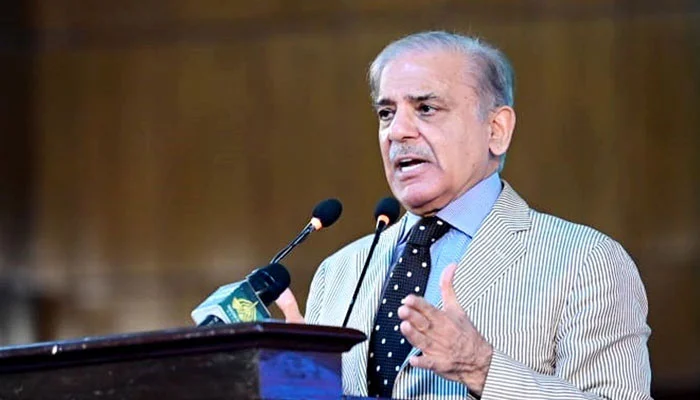LAHORE: Of all Pakistan’s provinces, Punjab has the most powerful bureaucracy. Because Punjab is the country’s largest province, all officers stationed there, whether from the Pakistan Administrative Service (previously DMG Group) or the Provincial Civil Service (Provincial Management Service), must have a positive working relationship with the political leadership.
Bureaucrats in high positions think that because the Pakistan Muslim League-Nawaz (PML-N) secured a majority in Punjab in the recent elections, if Shehbaz Sharif does not become prime minister, it would be better to work with him as chief minister.
Senior officers also believe that if Maryam Nawaz or anyone else from the party becomes chief minister, they will bring the bureaucracy with them, given Shehbaz’s governing style in Punjab.
Having a solid working relationship with Punjab’s administration will have a significant impact on the province’s development. Senior authorities believe that Shehbaz’s support and confidence throughout his stint as chief minister helped Punjab develop faster than other provinces. Whoever becomes the new chief executive of Punjab may not face opposition if he balances support and trust and does not try to bypass bureaucracy.
During the Usman Buzdar era, several questions arose as a result of the province’s lack of transparency and production. During the caretaker government in Punjab, the bureaucracy received backing and helped finish more than Rs400 billion in development projects, which was well received by the public.
The Punjab bureaucracy feels that policy continuity is critical to properly implementing the strategic development plan during the politically elected government’s five-year tenure.
Shehbaz is more supportive of tenured postings in the bureaucracy than others, and he provides officers with both time and assistance to perform.
The bureaucracy also believes that Shehbaz has established such an infrastructure for the development of various Punjab cities that the new chief minister may build on it and turn the state into a new development role model.
Since 2018, there has been a need to overcome the slowness in Punjab’s development, for which the province’s new chief executive must not only trust the officials but also provide them with support and time to sustain performance and standards.







